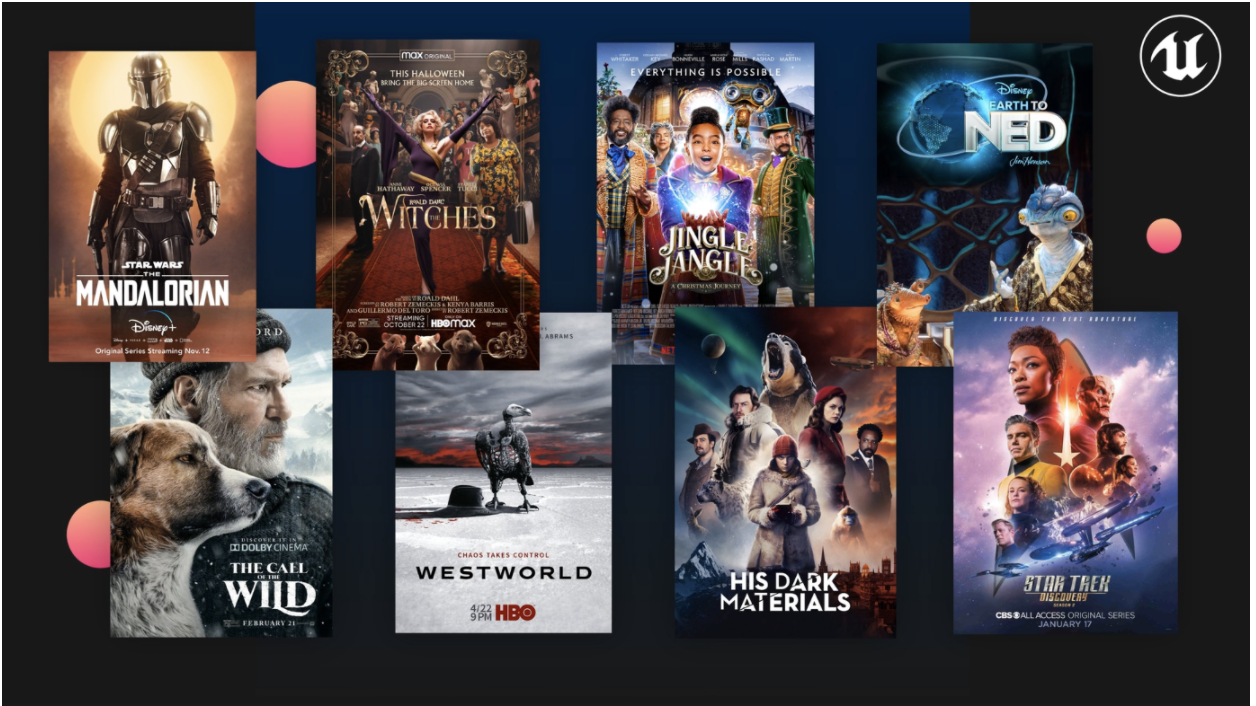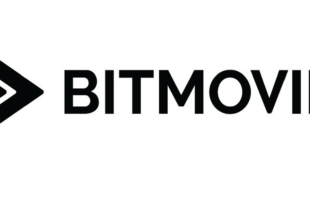
Courtesy of Epic Games
This story appears in the March-April 2021 issue of Television Asia Plus.
The film, media, and entertainment sector experienced widespread disruption in 2020. The pandemic saw TV and film production halted and movie theatres shuttered, leading to billions in lost revenue for broadcasters and filmmakers. Though some level of production has since been allowed to resume, new safe management practices mean that the industry could be navigating the fallout of the pandemic for many years to come.
Filmmakers and producers worldwide have risen to the challenge of adapting creative remote processes in their film and TV storytelling—a show of the industry’s unfettered determination and resilience to create, even amid ongoing restrictions.
In 2020, high-profile shows such as The Mandalorian, Westworld, and His Dark Materials leveraged virtual production techniques in their filmmaking processes. In-camera visual effects (ICVFX) also grew in popularity around the globe as more filmmakers wove real-time visual effects into their production sets.
As remote and virtual filmmaking techniques continue to gain traction, we expect to see more innovative projects in Asia this year, transforming how we create, communicate, and interact with audiences.
Here are Epic Games’ top three predictions for the industry in 2021.
More broadcasters will tap real-time for compelling engagement and education
The number of film and TV projects utilizing the Unreal Engine software doubled in 2020 — an indication of the industry’s keen interest in the technology and growing adoption rates. Across the world, over 150 TV networks (from ESPN, Fox Sports, Aljazeera, MBC, CCTV and NHK) now leverage 3D real-time software in their programmes, a number that is only expected to rise.
News broadcasters will leverage AR graphics and immersive mixed reality elements for daily news broadcasts. The Weather Channel (TWC), for example, has broken new grounds with its true-to-life visual depictions of dangerous weather phenomena such as hurricanes and floods. By plugging behavioural weather data into the Unreal Engine, TWC was able to provide viewers with an unprecedented simulation of extreme weather situations, while presenters (safe in the greenroom) explained the changes in the environment as they unfolded. The result is a visceral sense of what it would be like for viewers to experience the weather event first-hand, charting new ways to engage and inform audiences with realistic simulations. Furthermore, these segments were recorded live-to-tape, just a few hours before airtime, with little post-production required.
More filmmakers play with AR and VR to create interactive movie experiences
In 2021, more filmmakers will turn to AR and VR, leveraging the technology to flex their creative storytelling capabilities.
For instance, Munhwa Broadcasting Corporation (MBC), leveraged real-time virtual reality (VR) to produce a critically acclaimed documentary, Meeting You, to reconnect a grieving mother with her deceased daughter. The first of its kind, the film illustrated how technology could be used as a powerful storytelling asset, inciting important conversation around our shared human experiences.
This is just the tip of the iceberg in exploring how the media and entertainment industry can leverage XR to innovate. As more professionals now look to explore and incorporate the power of real-time in their productions, we believe that we will begin to see the technology embraced as a core tenet to creative storytelling, rather than a mere tool in the process.
Virtual event experiences will evolve to be as engaging as real-life events or more
In 2021, immersive, personalized, and virtual entertainment experiences will be the name of the game. The pandemic’s in-person restrictions have made it impossible to produce live attendance concerts, shows, and other events. As a result, we have seen a boom in the virtual entertainment sphere, with people seeking out online the up-close experiences they can no longer have in real life.
Many event organisers have added a real-time twist to their events to enhance viewer experiences at home. This includes the spectacular XR environment for League of Legends Worlds 2020, MLB stadiums filled with virtual fans, or zeitgeisty festivals like Burning Man. We predict that this trend is set to persist well into 2021 and beyond, as creators refine virtual entertainment offerings to provide ever-more engaging shared digital experiences.
In Asia, Korean digital media production studio GIANTSTEP Inc. is reimagining the virtual concert experience with Beyond Live AR concerts and SM Entertainment’s k-pop boybands, NCT127, SuperM and SuperJunior—complete with hyper-realistic graphics and virtual stage sets that draw livestream audiences in. Similarly, Japanese creative studio, Rhizomatiks, leveraged real-time to develop a virtual multimedia experience for Ryuichi Sakamoto’s live concert, enhancing both the performance and viewer experience.
These projects showcase the novel and innovative ways we can reimagine the live entertainment experience. Where direct-to-consumer streaming is on the rise, virtual entertainment experiences also present fresh ways of engaging and involving audiences (even over a screen). We expect to see continued interest and adoption in this area, especially as live entertainment experiences are unlikely to see a return to pre-pandemic normalcy anytime soon.
With real-time workflows developing apace across the film, media, and entertainment industry, one thing is certain—it’s an incredibly exciting time for the industry to pivot with new ways of content creation. Regardless of whether you’re a filmmaker wanting to express your creativity in exciting new ways, or an entrepreneur looking to leverage new potential business opportunities, virtual production should be in your toolbox. We believe that the growing adoption of virtual production will create new opportunities for everyone—and with the cutting-edge innovations from virtual production companies today, it isn’t hard to envision entire industries cropping up alongside these technological advancements. We hope that you’ve been inspired by the possibilities and are now thinking of ways to leverage virtual production across the work that you are already doing or newer projects in the pipeline. We are just beginning to discover the possibilities this game-changing technology can present, and we could not be more excited to see what you’ll create when you join our community!
About the author:
Arvin specialises in games and in empowering film/animation studios using real-time tech. Epic Games is a leading interactive entertainment company and developer of the Unreal Engine, the world’s most open and advanced real-time 3D tool.
Prior to Epic, Arvind was the Head of Technology (Indian Subcontinent) for Unity Technologies where he drove innovation strategy and provided technology leadership. He served as Disney India’s lead software architect and was responsible for driving innovation through R&D activities and oversaw games/interactive content development. Prior to Disney, Arvin was a full-stack game engineer at Nickelodeon in Los Angeles for six years. There, he developed MMORPGs and played a key role in the company’s technology business during the major transitions to cloud-based computing.









